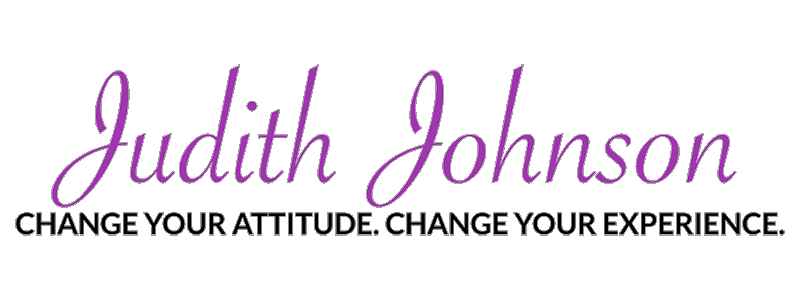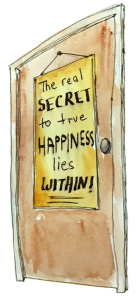“If I am not for myself, then who will be for me?
And if I am only for myself, then what am I?
And if not now, when?”
–Hillel
Learning to embrace the fullness of life and to bear personal responsibility and accountability for one’s own life are precious life lessons. I was recently listening to a CD set called “Radical Self-Acceptance” by Tara Brach. When she began to talk about the simple act of saying “yes” to your own life, my immediate reaction was, “Like, duhhh! Who doesn’t know that?” Then when my consciousness got above my ego, I began to check in with myself about how and when I am actually saying “yes” to my life or “no” to my life on a daily basis. I was astounded by all the subtle and obvious ways that I was spewing negativity against myself and what is happening in my life. I wouldn’t tolerate others attacking me like that, yet there I was assailing myself.
This experience reminded me of a workshop I attended many years ago. Participants were each given a blank piece of paper representing their daily allotment of energy units and asked to walk around the room tearing off pieces of the paper representing how they spent their mental, emotional, and physical energy and dropping them on the floor. For many of us, the paper was long gone before we got anywhere near the end of our list about how we spent our precious energy. Many of us also were shocked by how much of our life force was expended in resistance and negativity towards what was present in our lives. I highly recommend that you try this process. It was a profound exercise for me and has stayed with me all these years.
Self-sabotage comes in many forms: judgment, rejection, resistance, comparing ourselves to others, creating fantasy alternate truths, distracting our attention elsewhere. In what ways do you sabotage yourself each day? What strategies do you use to reclaim and redirect yourself in more uplifting ways? Here are some of my personal favorite ways to say “yes” to my life:
- Observation. The mere act of self-observation brings my consciousness present and provides the opportunity to claim my own truth and to make different choices, if appropriate. If I am not paying attention, then my negativity runs on autopilot, and I haven’t got a prayer of doing anything about it. So, I pay attention, and once I see my negativity, I can choose to explore it and do something about it. An appropriate reminder here is Einstein’s definition of insanity, which is doing the same thing over and over again and expecting different results.
- Naming the Experience. Somehow, labeling what is going on both within me and in my life gives me a starting point for finding a higher perspective. For example, simply noticing “I am really agitated” begins my process of exploring the source of my agitation and looking at the ways it is manifesting. Knowing that I am agitated rather than angry or exhausted expedites the process of finding a way out of the particular form of negativity being experienced.
- Welcoming Whatever Is Present. This one is from Tara Brach, and I find that practicing it can be quite amusing. At first, it seemed crazy to me to say, “Oh, I gained five pounds, and I feel ashamed of myself and hopeless. I should welcome these feelings! Come on in and sit with me. Have a cup of tea. What are you here to teach me?” In time, I’ve come to recognize that by embracing whatever is present, I am short-circuiting my autopilot negativity to what I don’t like or want. Instead of allowing my judgments and resistance to escalate, I practice keeping my consciousness open to the possibility that even this thing I don’t like is here for a purpose in my life. I ask myself, “How is this for me rather than against me?”
- Cultivating Neutrality. It is so easy to fall into the trap of embracing only what we like in life and doing everything possible to resist what we don’t like. We all have our personal preferences. However, just as we might prefer a sunny day to a cloudy one, there will be days and experiences we love and those we can’t wait to see end. To merely encounter the variations through the lens of personal preferences is to miss the point that all our life experiences offer us important lessons. Those experiences we avoid will just keep reappearing until we learn the lessons they are here to teach us.
- Accepting What Is Present. Denial doesn’t make the truth disappear. It just postpones the possibility of dealing with it. Acceptance is not about saying you like what is happening. Rather, it is choosing to face reality. It is about calling a spade a spade. I tell myself, “This is what is happening. This is the truth of the matter.” Then, I sit with that before allowing myself to respond.
- Exercising Compassion and Forgiveness for Myself and Others. When I notice that I am standing in judgment of myself, others or the circumstances in my life, I do my best to focus on replacing my judgments with compassion and forgiveness. It doesn’t necessarily happen on the spot. However, by choosing to keep my heart open and present, I bring loving kindness into the equation.






